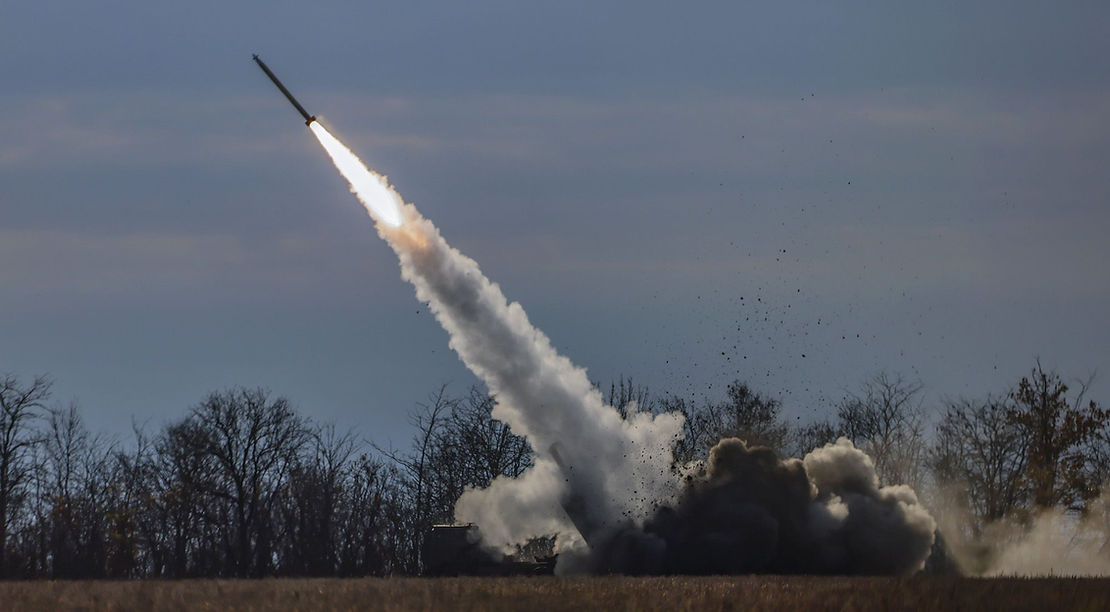By: Zerlina Tang
As the war between Russia and Ukraine continues even after a year, both sides are slowly running out of supplies. The financial support Ukraine is gaining is still pretty much the same, but the other nations are also slowly running out of their own supply of weapons and even money. Right now, the U.S. government is giving support to Ukraine and are said to aid them with funds to send ATACMS for backup. The Army Tactical Missile System (ATACMS) is a traditional surface-to-surface artillery armament system that can strike targets far beyond the range of existing Army cannons, rockets, and missiles.
ATACMS are directed rockets that almost weight two tons. All of them are 13 feet in length, 2 feet in width, and cost almost $1.5 million. First planned during the 1980s, they were utilized in battle by the U.S. Military in both the 1991 Persian Bay Conflict and the 2003 invasion of Iraq.
The predetermined number of ATACMS is the U.S. military’s most squeezing concern. While the specific number in the U.S. armory is ordered, Lockheed Martin has made around 4,000 since creation started, a large number of ATACMS utilized by the U.S. Armed force in battle, practices and occasional testing. Simultaneously, almost 900 have been offered to partners and accomplices abroad in the previous 10 years — including 211 since the start of the Ukraine battle, as per the Express Division’s rundown of unfamiliar military deals. They have gone to NATO partners, Persian Bay nations and as far abroad as Taiwan and Australia. The organization advised Congress in April of the forthcoming offer of 40 of the rockets to Morocco. To satisfy those and future unfamiliar orders, the Military has endorsed something like three agreements with Lockheed Martin since 2018, adding up to about $1 billion, for progressing assembling of ATACMS, which are “right now in full-rate creation … at a pace of around 500 every year” at Lockheed Martin’s office in Camden, Ark., as per an organization representative, who declined to be named.
The ATACMS would let Ukrainian forces target the most remote parts of Russian-occupied Crimea from their existing positions, including the 12-mile Kerch Bridge and the Russian naval station at Sevastopol. This would be very helpful for the Ukraine army, especially since the attack range is 190 miles. Zelensky said at anews conference in Prague on July 7th that “Without long-range weapons, it is difficult not only to carry out an offensive mission but also to conduct a defensive operation.” The recent deployment of British Storm Shadow and French SCALP missiles means Ukraine has even less need for ATACMS, according to Colin Kahl, the Pentagon’s undersecretary for strategy until early this month. “The problem now is not their ability to strike deep. They have that ability. They are doing it now. The Russian command and control, their logistics, have been disrupted in the deep”, Kahl said.
However, the allies of Ukraine are slowly running out of resources to defend themselves, and it’s still up for debate whether the U.S. should give the soldiers of Ukraine this dangerous weapon capable of mass destruction that is very limited and precious.











